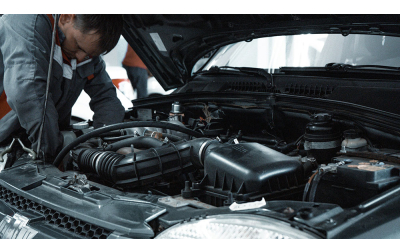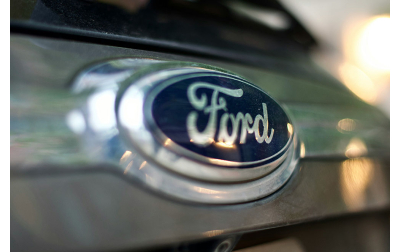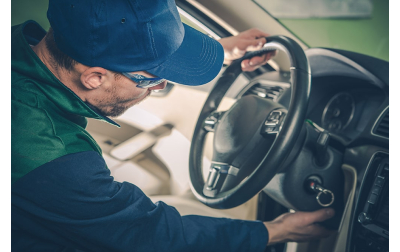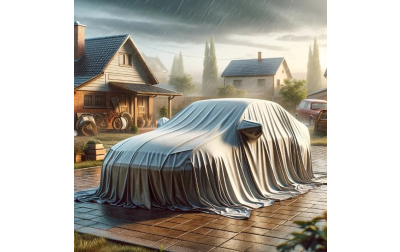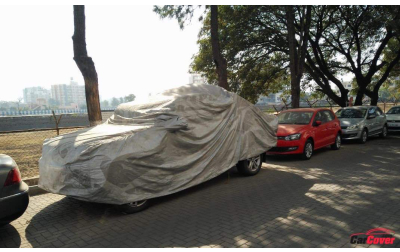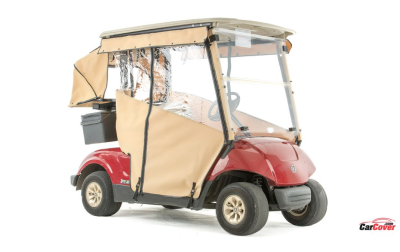A Comprehensive Guide to Preventing Road Salt Damage to Cars
Winter brings with it the need to combat icy roads, leading to widespread use of road salt. While effective for safety, this salt can wreak havoc on vehicles, accelerating rust on the undercarriage, damaging paint, and corroding exposed components.
Protecting your car from such damage doesn’t require expert skills or expensive tools. This guide outlines simple yet effective strategies to shield your vehicle from the corrosive effects of road salt.
By adhering to these practices, you can maintain your car’s integrity and appearance throughout the cold months, ensuring it remains in top condition year after year. Let’s explore how you can keep your vehicle safe from road salt damage with straightforward preventative measures.
What is Road Salt?
Road salt is a common term for the salts used to melt ice and snow on roads and highways during winter. Primarily composed of sodium chloride, which is similar to table salt, it can also include other chemical mixtures such as magnesium chloride or calcium chloride, which help lower the freezing point of water more effectively under extremely cold temperatures.
The use of road salt begins with its application on surfaces before, during, or after a snowfall. When salt comes into contact with ice or snow, it dissolves into the water, reducing its freezing point and causing the ice to melt. This reaction not only prevents the accumulation of ice but also helps in keeping roadways clear and safe for vehicles and pedestrians.
However, while effective, road salt is not without its drawbacks. It can be corrosive to vehicles, damaging their metal parts and paint over time. It also poses environmental risks, as the runoff can lead to soil and water pollution, adversely affecting local wildlife and plant life. In response, many regions are looking into alternative solutions that are less harmful, including beet juice and brine solutions, which are touted for their reduced environmental impact.
Impact of Road Salt on Vehicles
Road salt can significantly impact vehicle health. As we have learned, this salt, primarily composed of sodium chloride, helps keep roads safe in freezing conditions but poses several risks to cars. Understanding these risks and taking preventive measures can help mitigate potential damage.
Corrosion and Rusting
The most widespread issue with road salt is its capacity to accelerate rusting on a vehicle’s undercarriage. Salt accelerates the oxidation process of metal, especially when moisture is present, leading to rust. This not only affects the aesthetics of a vehicle but can also weaken its structural integrity over time. Critical components such as brake lines, fuel tanks, exhaust systems, and the frame itself are susceptible to corrosion.
External Body Paint Damage
Splashes from salted roads can leave deposits on a vehicle's body, which, if not cleaned off promptly, may lead to paint deterioration. Over time, the corrosive nature of the salt can cause the paint to flake off, exposing the metal underneath to further corrosion.
Electrical Systems Malfunction
Salt and the resulting moisture can lead to electrical malfunctions within vehicles. Connections may corrode, causing short circuits or failures in vehicle electrical systems, which include lighting, sensors, and onboard computers.
Mechanical Parts
Salt can infiltrate mechanical components like joints and bearings. This intrusion can cause these parts to corrode and fail prematurely, leading to costly repairs and replacements.
While road salt is essential for safe winter driving, it is detrimental to vehicles. Awareness of these impacts and proactive maintenance are key to protecting your car from the harsh effects of road salt.
Preventive Measures to Protect Vehicles from Road Salt
Here are our top strategies to guard your vehicle against the corrosive effects of road salt:
1. Regular Washing
Regularly wash your vehicle during the winter months, focusing on the underside as well. This helps to remove salt and other debris that might have accumulated. Opt for car washes that offer an under-spray. Washing your car once the temperature is above freezing can prevent salt build-up.
2. Wax and Sealant
Before winter starts, apply a high-quality wax to your vehicle’s body. This wax acts as a barrier against road salt and moisture. For enhanced protection, consider using a sealant for the undercarriage, which is particularly vulnerable to salt corrosion.
3. Avoid Puddles
Try to steer clear of puddles and plowed snow on the road. These are often mixed with road salt and can splash onto the underside of your vehicle, increasing the risk of rust.
4. Prompt Repairs
Address any paint chips or rust spots as soon as they appear. Road salt can exacerbate these issues, leading to more significant damage if left untreated. Use touch-up paint on smaller areas or seek professional help for larger patches.
5. Garage Parking
If possible, park your vehicle in a garage. This not only keeps it out of the harsh weather but also reduces the likelihood of salt sticking to your car as temperatures fluctuate.
6. Protective Mats
Place rubber mats inside your vehicle during the winter months. These mats will trap any salt that is brought in on boots and shoes, preventing it from settling into the car's carpet, which can lead to moisture accumulation and rust.
7. Stay Informed on Weather
Pay attention to weather forecasts. Knowing when salt trucks are likely to be active can help you decide when to avoid driving, or when it’s best to wash your vehicle after exposure.
By implementing these measures, you can effectively reduce the damaging effects of road salt on your vehicle, keeping it in better condition through the winter seasons. Regular maintenance not only helps in protecting your car's aesthetic appeal but also its operational integrity and resale value.
Warning Signs of Salt Damage to Your Car
The first sign of salt damage to look for is rust formation, especially around the wheel wells, doors, and lower sections of the car where salt spray is most direct. Rust spots or bubbling paint are early indicators that corrosion is taking place.
Another warning sign is stiffening or freezing of car locks, doors, or windows. Salt accumulation can interfere with mechanical components, making them harder to operate or causing them to fail completely.
Stains or a white powdery residue on the car’s body or undercarriage during dry weather can be a clear sign of residual salt. This salt can retain moisture and promote corrosion if not cleaned off promptly.
Conclusion
The dangers of road salt to vehicles are not to be underestimated. The corrosive nature of salt can lead to significant and costly damages including accelerated rusting, electrical issues, and degradation of the paint and mechanical components.
Vigilance in monitoring for the warning signs of salt damage, such as rust formation and unusual stiffness in vehicle operations, is important. By implementing routine preventative measures like regular washing, applying rust-proofing treatments, and using protective coatings on paint, you as a vehicle owner can significantly mitigate these risks.
Maintaining a car in regions where road salt is used demands consistent care, but with the right practices, you can preserve both the operational integrity and the value of your vehicle long into the future.
FAQ Section
How often should I wash my car in winter to prevent salt damage?
It is advisable to wash your car every 10 days or immediately after driving in conditions where salt has been used on the roads. This frequency helps to remove salt residues that can cause corrosion and rust. Especially focus on cleaning the undercarriage, which is most susceptible to accumulating salt.
What are the signs that my vehicle has been affected by road salt?
Early signs of salt damage include rust spots appearing on the lower parts of the car, such as the doors, fenders, and undercarriage. You might also notice paint bubbling or flaking off in areas where rust is forming underneath. If these signs are visible, it's crucial to address them quickly to prevent further damage.
Are there any environmentally friendly alternatives to road salt?
Yes, there are several eco-friendlier alternatives to traditional road salt. Some regions use brine solutions, which require less salt overall, or mixtures that include beet juice or cheese brine, which help lower the freezing point of water with less environmental impact. These alternatives can reduce the amount of salt entering ecosystems and affecting water quality.
What is the most effective way to apply protective coatings to my vehicle?
The most effective way to apply protective coatings is to ensure that the vehicle's surface is clean and dry before application. Professional applications of coatings like wax or sealants typically offer the best protection. These coatings should cover all exposed metal surfaces, including the undercarriage. Reapplying these treatments before each winter season can help maintain their effectiveness in protecting against road salt damage.

